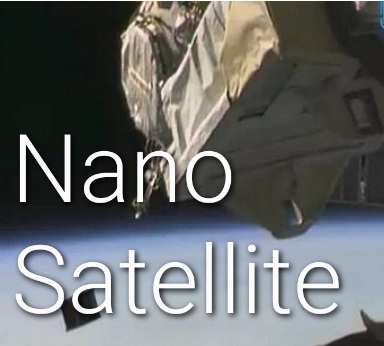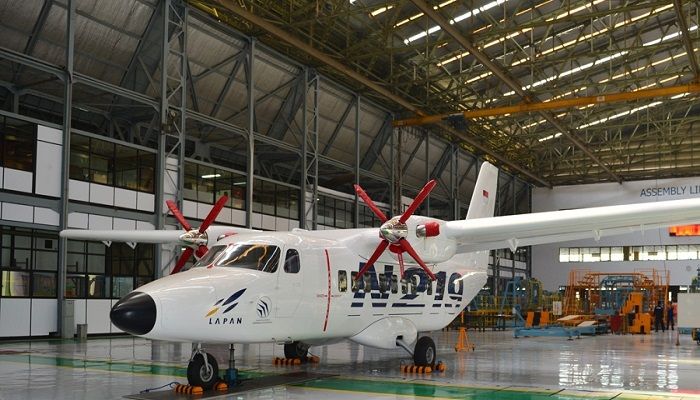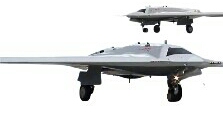At exactly 15:03 WIB, on Friday (6/1), at exactly 15.30 WIB Indonesia’s first Nano Satellite made by the nation’s children orbits in outer space
The Nano Solar Satellite-1 (SS-1) satellite was released at the International Space Station (ISS) facilitated by the Japan Aerospace Exploration Agency (JAXA) in a hybrid manner from the Tsukuba Space Center, Japan which was witnessed virtually at the BJ Habibie Building, Research Institute and National Innovation (BRIN), Jakarta.
Laksana Tri Handoko, as the head of BRIN expressed his pride “As the Head of the National Research and Innovation Agency, I feel very proud of this extraordinary achievement, and I congratulate the Surya-1 Satellite Team from Surya University for realizing an important milestone in the development of external research. Indonesian space,” he said.
The successful release of the nation’s children’s Nano satellite for the first time orbiting in outer space is an extraordinary achievement that will be recorded as history for the Indonesian nation.
As Handoko said, this project is the result of an initiative by Surya University students for the development of nano-satellite, and serves as motivation and inspiration for Indonesia’s young generation going forward. Thus BRIN provides full support through the Deputy for Science and Technology Human Resources (SDMI) for the development program. human resource capacity through researcher mobility.
“I hope this is not the end, the SS-1 Team can continue the satellite development project and can continue with Masters and Doctoral studies through a research-based scholarship program from BRIN as a national talent management development program in the field of research and innovation,” he said.
Now is the time when Indonesia needs more development in the field of satellite technology. Because by utilizing satellite technology, Indonesia will be able to reach its territory which has thousands of islands. “As a great nation, we strive to build a better space infrastructure to benefit development,” he said.
Kanasugi Kenji, as the Japanese Ambassador to Indonesia also said that releasing the SS-1 satellite was a big step for Indonesia. He also mentioned that he learned a lot from the release of this satellite. “I would also like to express my appreciation to Surya University students, experts from the Indonesian Amateur Radio Organization, Inasa, and the National Research and Innovation Agency for their efforts in designing and building satellites,” he said.
The important role of the Japan Aerospace Exploration Agency (JAXA) and the United Nations Office for Outer Space Affairs (UNOOSA), was also highlighted by Kanasugi Kenji, who has provided assistance in the form of technology to Surya University under the KiboCUBE program. Technology improvements thanks to the collaboration of KiboCUBE, UNOOSA , and space-related JAXA in partner countries by providing the opportunity to use Kibo’s unique satellite launch technology.***








Thanks.